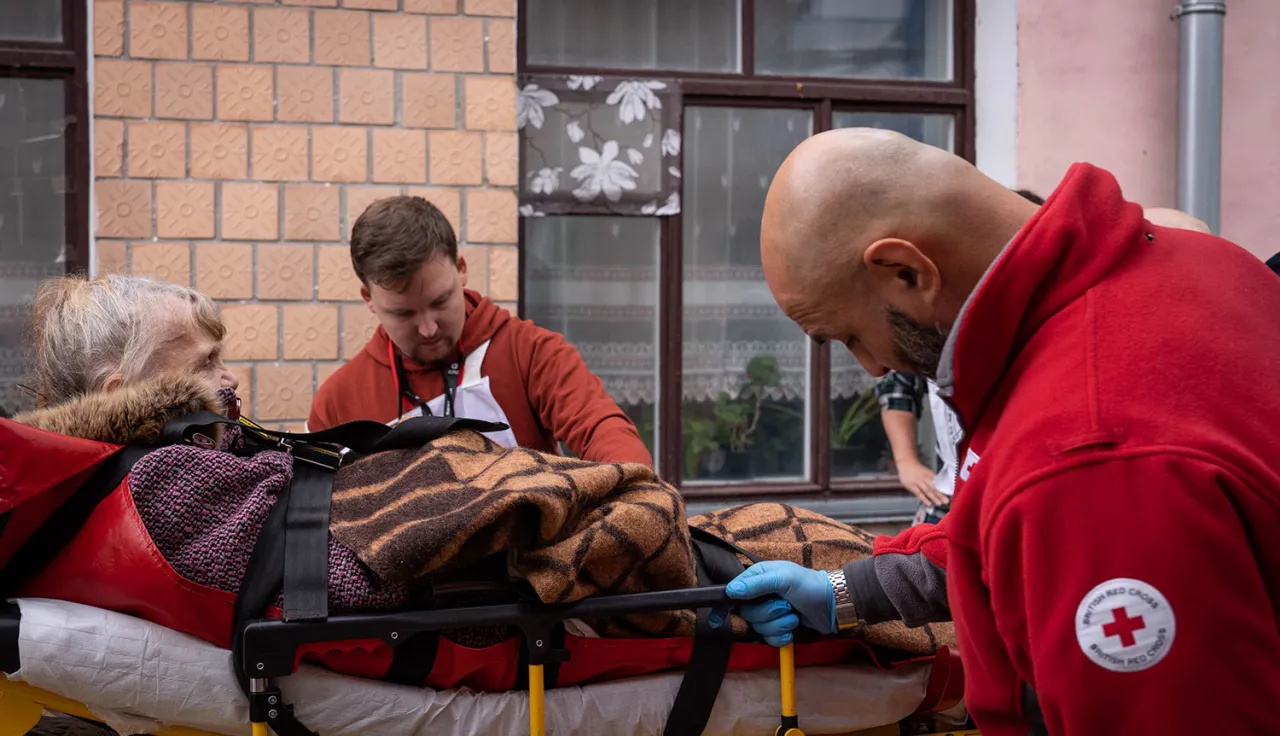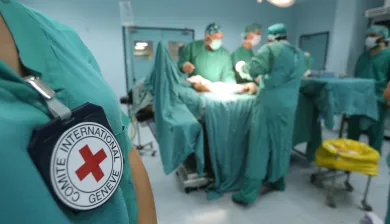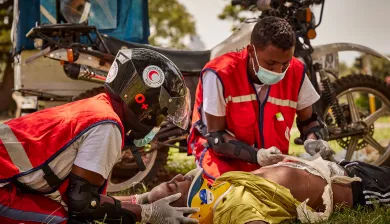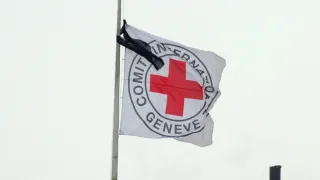International humanitarian law: The wounded, the sick, the shipwrecked and health-care providers
The First Geneva Convention of 1864 was inspired by the experiences of Henry Dunant, a citizen of Geneva, on the battlefield of Solferino in 1859. His horror at the suffering of the sick and wounded led him to publish A Memoir of Solferino and mobilize a group of colleagues to press for international action.
The result was the original Geneva Convention, signed by just 12 states. The organizing committee set up by Dunant and his colleagues was to become the International Committee of the Red Cross.
Today the four Geneva Conventions of 1949 have achieved universal recognition and have been ratified by every state.
The protection of the sick and wounded is now consolidated in the First and Second Geneva Conventions of 1949 and Additional Protocols I and II of 1977. The Second Geneva Convention essentially extended the protection afforded to the sick and wounded on the battlefield to naval warfare, including protection for the shipwrecked.
“The sick and wounded” is defined as anyone in an armed conflict, whether military or civilian, who is in need of medical attention and is not taking part in hostilities. “The shipwrecked” means military personnel or civilians in a perilous situation at sea or on any other waters following a misfortune and who refrain from any act of hostility.
The central principle is that “all wounded, sick and shipwrecked, to whichever party they belong, shall be respected and protected”. Appropriate medical attention has to be provided as quickly as possible and without any distinction between military or civilian, friend or foe.
At all times, and particularly after an engagement, parties to a conflict must immediately take all possible measures to search for and collect the wounded, sick and shipwrecked, to protect them against pillage and ill treatment and to ensure they receive adequate care, as well as to search for the dead and prevent their being despoiled.
To ensure effective help for the sick, wounded and shipwrecked, medical and humanitarian personnel and facilities must be respected and protected in all circumstances. That protection only ends when medical facilities are used for military purposes such as sheltering unwounded soldiers or military intelligence activities.
International humanitarian law (IHL) also protects medical transport, whether military or civilian. Under no circumstances can protected medical vehicles carry active military personnel, weapons or ammunition.
The original Geneva Convention created the red cross emblem to identify protected medical personnel and objects on the battlefield. Today the red crescent and red crystal emblems also provide the same protection, and their use is strictly controlled under international law. A deliberate attack on personnel, buildings or transport clearly carrying one of the protective emblems constitutes a war crime.









